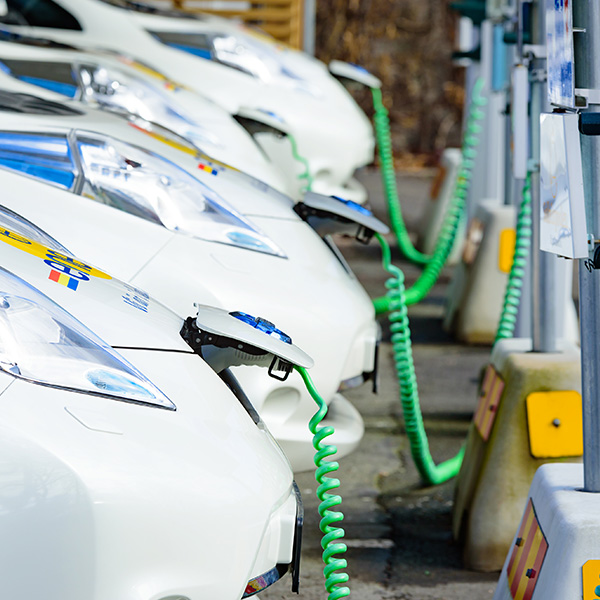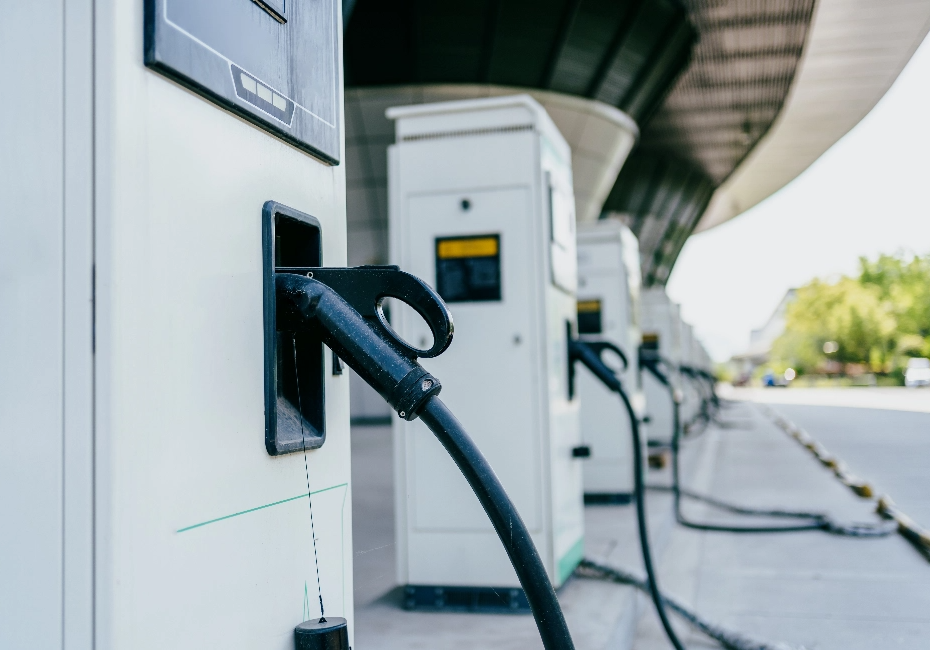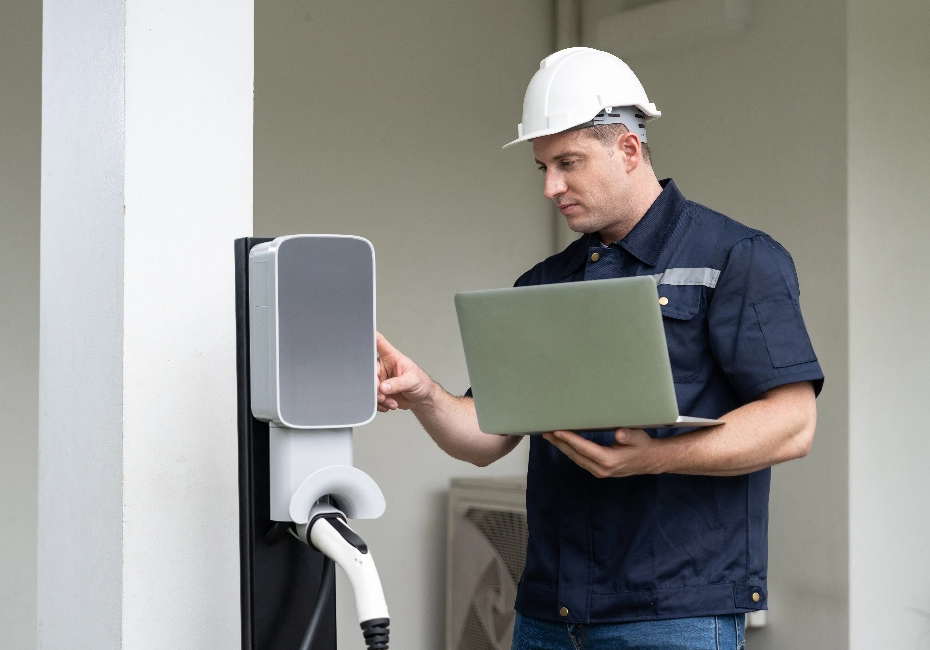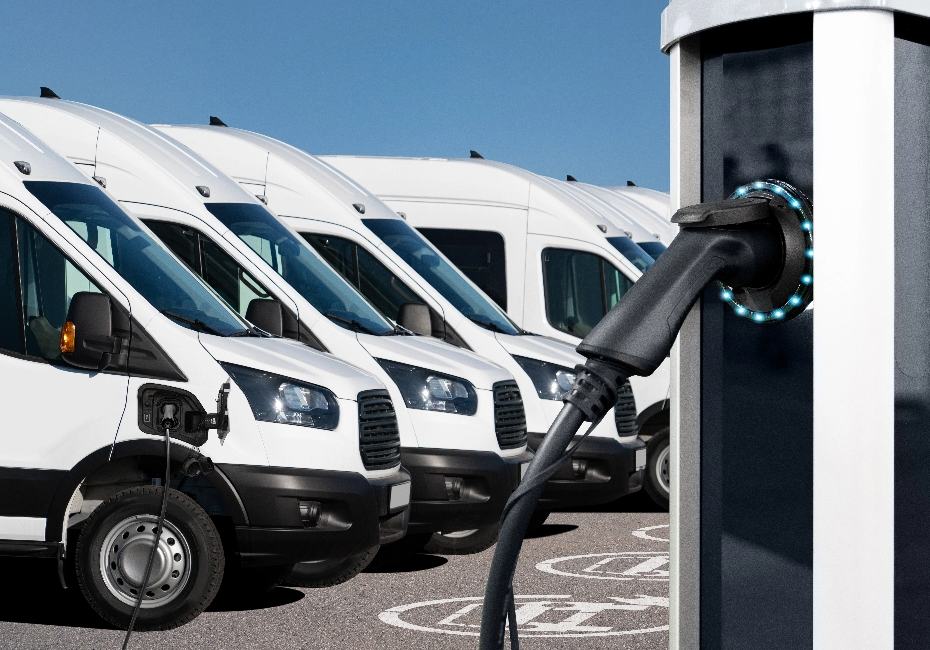Piedmont and Coastal NC Clean Communities
Piedmont & Coastal NC Clean Communities became an apprentice coalition in late January 2024 as part of the U.S. Department of Energy’s Clean Cities and Communities program. This coalition is housed at the Center, which is a state-designated lead regional organization in North Carolina that presently serves 57 counties across the state.

Why It Matters
The use of fuels such as biodiesel, electricity, ethanol, natural gas, propane and other clean transportation technologies can help to reduce emissions, cut down on fuel consumption and even save money. Other technologies can also improve efficiency, reduce emissions, and save in fuel costs. Our staff is helping to diversify fuel supplies and support cleaner, more vibrant local and state economies. The end result – cleaner air and greater energy security.

Services

CFAT Grants
The Clean Fuel Advanced Technology (CFAT) program offers grant funding to support projects that reduce transportation-related air pollution emissions in specific North Carolina counties.

Grant-seeking assistance
Anyone in North Carolina can receive a free, brief consultation in which our staff will help identify sources of funding for clean transportation projects that your organization might be eligible for.

Technical Assistance on EV Infrastructure Planning
Many companies and communities are interested in electric vehicles, yet may feel challenged by the complexity of EV charging infrastructure.

Alternative Fuels & Advanced Technology Tab
The Center can analyze your fleet’s make-up and fuel usage patterns to make recommendations on the most cost-effective alternative fuels and technologies that your organization could use to become more productive and efficient.

EVSE Technician Training
NCCETC can provide training for EVSE technicians for installation and maintenance of EV charging infrastructure.

Sustainable Fleet Management Tab
Sustainable fleet practices provide a process of continuous improvement, fleet modernization, and impact and risk reduction.

EVSE Infrastructure Series
The EVSE Infrastructure Series is comprised of four 1-hour courses that cover the topics of siting, working with utilities, navigating permitting, and ADA considerations relating to EVSEs. The series is intended to provide foundational information on each topic for architects, planners, and construction professionals.

Webinars
Tune in to a variety of Clean Transportation Program webinars, covering fleet management and alternative fuels led by experienced fleet managers and experts in the field.
Technologies

Save the Date for the 10th Annual SFT Conference & Expo
By: Dawn Haworth, Public Communications Specialist The Sustainable Fleet Technology (SFT) Conference & Expo is approaching its 10th year as the pivotal event where leading fleets and technology providers convene…
Learn More
Guilford County School District Has New Propane-powered School Buses
By: Heather Brutz, Clean Transportation Program Director Dudley High School in the Guilford County School District, recently unveiled 10 new school buses that operate on propane autogas. The high school…
Learn More
DSIRE API Powers Energy Policy & Incentive Accessibility
By: Dawn Haworth, Public Communications Specialist For decades, the NC Clean Energy Technology Center (NCCETC) has provided individuals across the country with the most comprehensive source of information on incentives…
Learn More2024 - 2025 Annual Report
The annual report highlights Center achievements that took place from July 2024 to June 2025.
DownloadElectric Vehicle Charging Standards
The infographics include a short history of the different charging systems, power ratings, plug-in locations within 50 miles of North Carolina, the top three counties by charger count, and the…
Download2023-2024 Annual Report
The annual report highlights Center achievements that took place from July 2023 to June 2024.
Download





